Timeless Treasures: South Korea’s Cultural Heritage
South Korea is a country rich in history, tradition, and timeless cultural heritage. From ancient temples to royal palaces, from traditional villages to stunning natural landscapes, this East Asian nation offers a myriad of cultural treasures for visitors to discover. In this blog, we will take you on a virtual journey through some of South Korea’s most remarkable cultural heritage sites and provide you with tips on how to make the most of your visit. So, pack your bags and get ready to delve into the fascinating world of South Korean culture!
Table of Contents
The Timeless Gyeongbokgung Palace, Seoul

We begin our journey in the heart of the capital city, Seoul, where the majestic Gyeongbokgung Palace stands as a symbol of South Korea’s royal heritage. Built-in 1395 during the Joseon Dynasty, this sprawling palace complex served as the primary residence for the kings and queens of Korea. The palace suffered extensive damage during the Japanese occupation in the early 20th century but has been meticulously restored to its former glory. Don’t miss the changing of the guard ceremony, which takes place multiple times a day and showcases the traditional clothing and rituals of the Joseon Dynasty.
Bulguksa Temple, Gyeongju
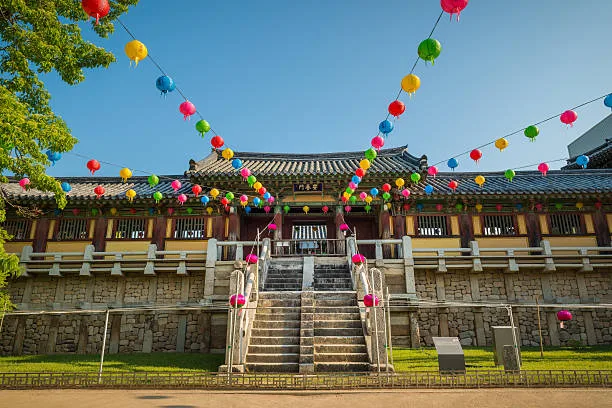
From Seoul, we venture to the historic city of Gyeongju, often referred to as the “museum without walls” due to its abundance of ancient relics and cultural sites. One of the highlights of Gyeongju is the magnificent Bulguksa Temple, a UNESCO World Heritage site. Dating back to the 8th century, this Buddhist temple complex is renowned for its exquisite architecture, intricate stone carvings, and serene natural surroundings. Take your time to explore the various halls and pagodas, each with its own unique charm, and don’t forget to admire the panoramic views of Gyeongju from the temple’s observation deck.
Hahoe Village, Andong
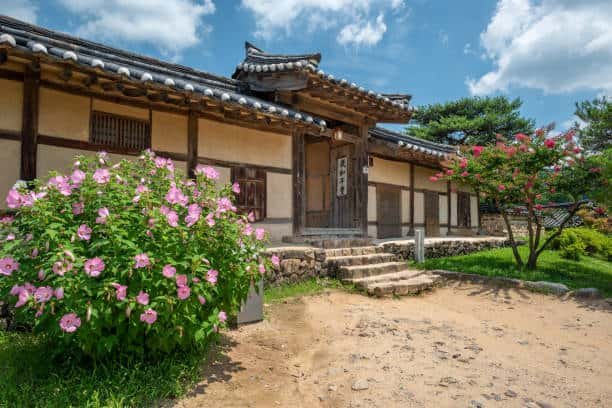
Traveling further south, we arrive at the picturesque Hahoe Village in Andong. This traditional Korean village has managed to preserve its original charm and architecture for over 600 years. Surrounded by a serene river and lush mountains, Hahoe Village offers a glimpse into the country’s rural past. Stroll through the narrow alleys lined with traditional thatched-roof houses, visit the ancestral shrine, and witness traditional folk performances, such as the famous Hahoe Mask Dance. To fully immerse yourself in the village’s atmosphere, consider staying in a traditional hanok guesthouse and experiencing the warm hospitality of the locals.
Jeju Island

No exploration of South Korea’s cultural heritage would be complete without a visit to Jeju Island, a volcanic island located off the country’s southern coast. Designated as a UNESCO World Natural Heritage site, Jeju Island boasts a unique blend of natural wonders and cultural treasures. Explore the awe-inspiring volcanic landscapes, such as the iconic Seongsan Ilchulbong Peak and the dramatic cliffs of Jusangjeollidae. Discover the island’s rich folklore at the Jeju Folk Village Museum, which showcases traditional houses, crafts, and performances. Don’t forget to indulge in the local cuisine, known for its fresh seafood and unique flavors.
Seokguram Grotto
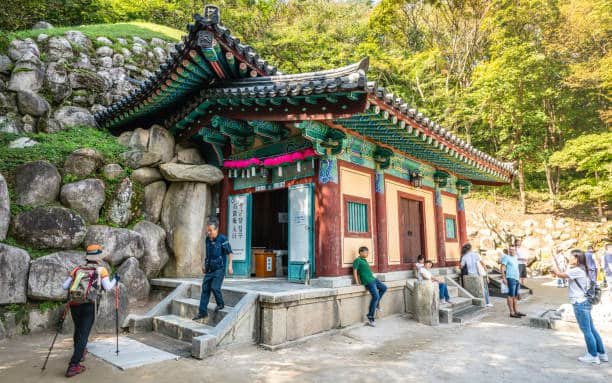
Located on Mount Toham in Gyeongju, Seokguram Grotto is an ancient Buddhist temple that dates back to the 8th century. The temple is famous for its large stone Buddha statue, which is considered one of the finest examples of Buddhist art in East Asia. Visitors can explore the grotto and admire the intricate carvings and artwork that decorate the walls and ceiling.
Changdeokgung Palace
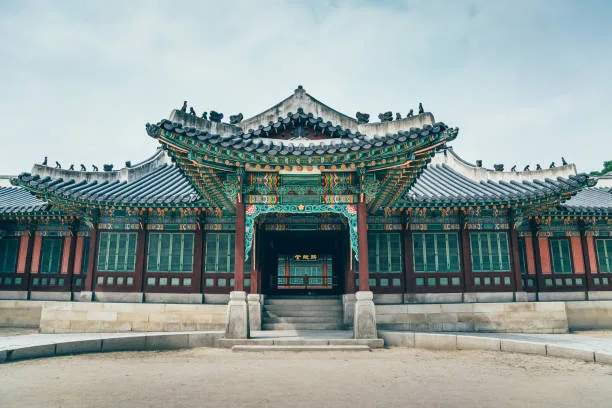
Located in Seoul, Changdeokgung Palace is another important cultural heritage site that dates back to the Joseon dynasty. Built-in the 15th century, the palace is known for its beautiful gardens and natural scenery, which were designed to blend in with the surrounding landscape. Visitors can explore the various buildings and gardens of the palace, including the Huwon Secret Garden, which is known for its tranquil ponds and pavilions.
Gyeongju Historic Areas

Located in the city of Gyeongju, the Gyeongju Historic Areas are a collection of ancient cultural sites that date back to the Silla dynasty. These sites include the Cheomseongdae Observatory, an ancient astronomical observatory that dates back to the 7th century, and the Anapji Pond, a beautiful artificial pond that was used for royal banquets and ceremonies. Visitors can explore these and other historic sites in the city, and learn about the rich history and culture of the Silla dynasty.
Namhansanseong Fortress
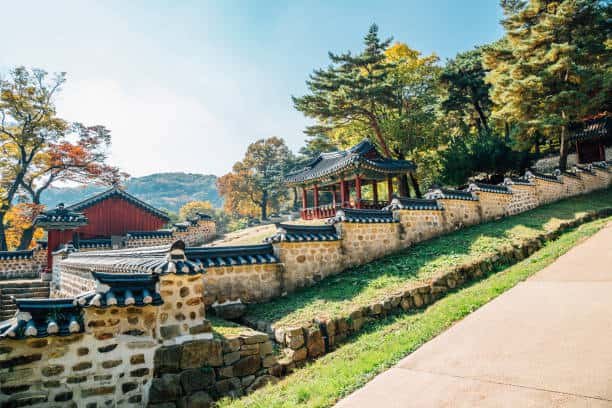
Located in Gyeonggi Province, just south of Seoul, Namhansanseong Fortress is another important cultural heritage site that dates back to the Joseon dynasty. Built-in the 17th century, the fortress was designed as a defensive structure to protect the capital city of Seoul. Today, visitors can explore the various gates, towers, and walls of the fortress, and learn about its history and significance at the on-site museum.
Namsan Tower
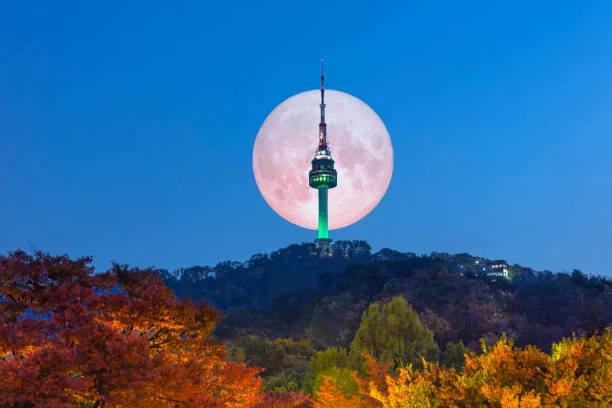
Located in the heart of Seoul, Namsan Tower is a popular tourist attraction that offers stunning views of the city. The tower was built in the 1960s and has since become a symbol of Seoul and South Korea as a whole. Visitors can take a cable car or hike up to the top of the mountain, and enjoy panoramic views of the city and surrounding landscape.
Andong Hahoe Folk Village

Located in the city of Andong, the Hahoe Folk Village is a traditional Korean village that dates back to the Joseon dynasty. The village is known for its well-preserved traditional houses and buildings, which showcase the architecture and way of life of the region during the Joseon period. Visitors can explore the village and learn about traditional Korean culture through various activities, such as mask-making and traditional music performances.
Seoraksan National Park
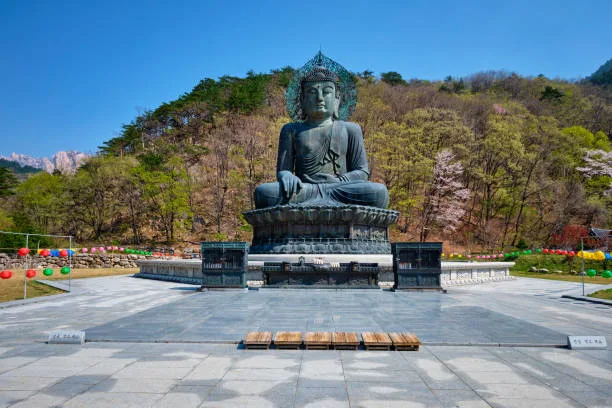
Located in the northeastern part of South Korea, Seoraksan National Park is a beautiful natural area that is also home to numerous cultural heritage sites. These sites include the Sinheungsa Temple, a Buddhist temple that dates back to the 7th century, and the Ulsanbawi Rock, a massive rock formation that is said to resemble a phoenix spreading its wings. Visitors can hike through the park and explore these and other cultural sites, as well as enjoy the beautiful scenery and wildlife.
Boseong Green Tea Fields
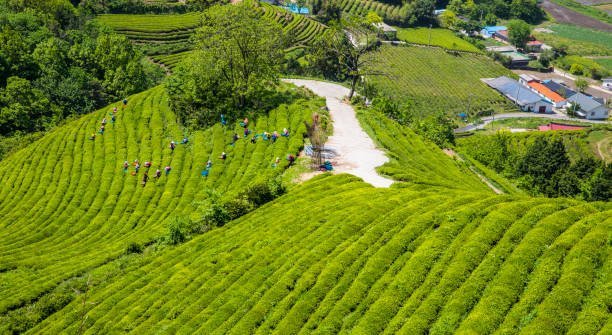
Located in the southern part of South Korea, the Boseong Green Tea Fields are a beautiful cultural site that offer a glimpse into the country’s traditional tea culture. The fields cover a large area and are known for their beautiful scenery, which includes rolling hills and terraced fields. Visitors can explore the fields and learn about the history and production of green tea in Korea, as well as enjoy traditional tea ceremonies and tastings.
Yangdong Village
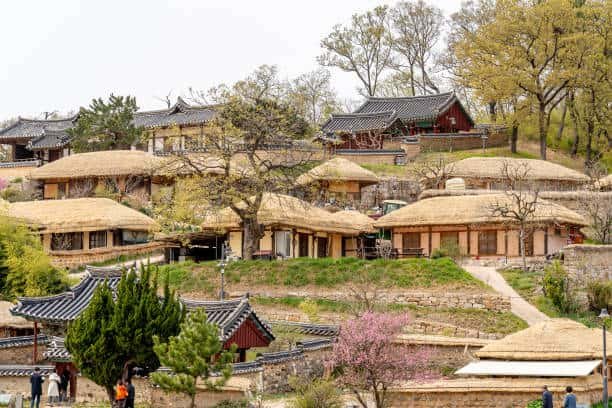
Located in Gyeongju, Yangdong Village is a UNESCO World Heritage Site that dates back to the Joseon dynasty. The village is known for its well-preserved traditional houses and buildings, which showcase the architecture and way of life of the region during the Joseon period. Visitors can explore the village and learn about traditional Korean culture through various activities, such as traditional music performances and tea ceremonies.
Jeonju Hanok Village
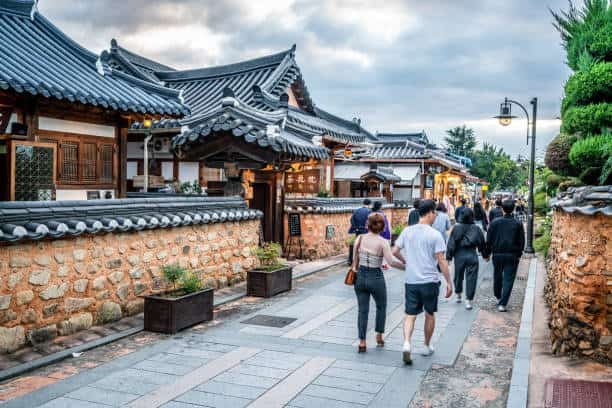
Located in the city of Jeonju, the Jeonju Hanok Village is a traditional Korean village that showcases the country’s traditional architecture and way of life. The village is known for its well-preserved traditional houses and buildings, as well as its traditional food and crafts. Visitors can explore the village and learn about traditional Korean culture through various activities, such as making traditional Korean rice cakes and trying on traditional Korean clothing.
Jeonju National Museum

Located in Jeonju, the Jeonju National Museum is a modern museum that showcases the history and culture of South Korea. The museum’s collections include ancient artifacts and artwork, as well as more contemporary pieces that reflect the country’s modern culture and society. Visitors can learn about various aspects of Korean history and culture, such as traditional pottery and calligraphy.
Suncheon Bay Wetland Reserve
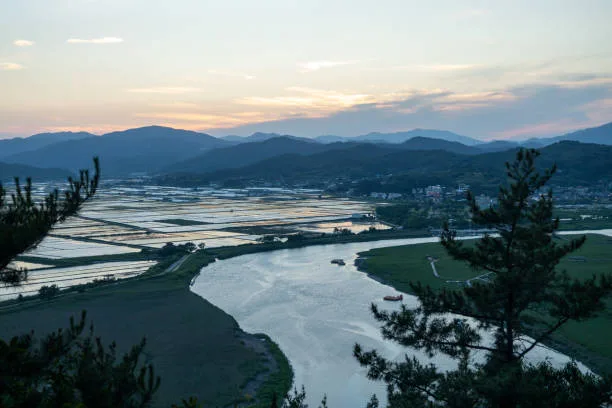
Located in the southern part of South Korea, the Suncheon Bay Wetland Reserve is a beautiful natural area that is also home to numerous cultural heritage sites. These sites include the Suncheon Bay Eco-Museum, which showcases the history and culture of the region, as well as various traditional cultural activities, such as traditional fishing and farming.
National Museum
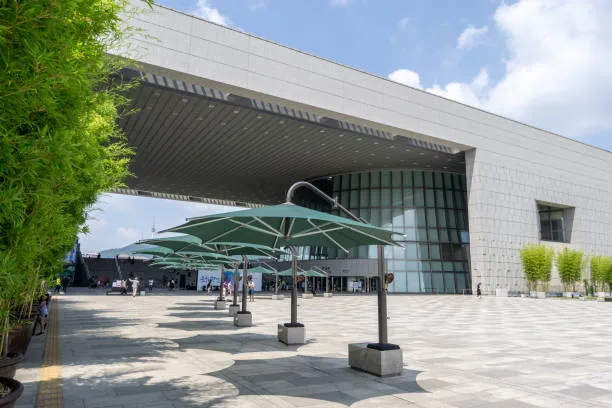
National Museum of Korea – Located in Seoul, the National Museum of Korea is a modern museum that showcases the history and culture of South Korea. The museum’s collections include ancient artifacts and artwork, as well as more contemporary pieces that reflect the country’s modern culture and society. Visitors can learn about various aspects of Korean history and culture, such as traditional pottery and calligraphy, as well as explore the museum’s many exhibits and collections.
Read more on South Korea: Timeless Beauty of Korean Traditional Temples
Tips for Visiting Cultural Heritage Sites in South Korea
- Plan ahead: Research the cultural heritage sites you wish to visit and check their opening hours, as some sites may have specific visiting times or be closed on certain days. It’s also worth considering the best time to visit, as some sites can be crowded during peak tourist seasons.
- Guided tours: Consider joining a guided tour to gain deeper insights into the history and significance of each site. Knowledgeable guides can provide valuable context and help you appreciate the cultural nuances.
- Dress appropriately: When visiting religious or traditional sites, it’s important to dress modestly out of respect for the local customs. Avoid wearing revealing clothing and be prepared to remove your shoes when entering temples or certain buildings.
- Learn basic Korean phrases: While many popular tourist sites in South Korea have English signage and staff, knowing a few basic Korean phrases can enhance your interactions with locals and add to your overall experience.
- Try local cuisine: South Korea is famous for its diverse and flavorful cuisine. Don’t miss the opportunity to savor traditional dishes, such as bibimbap, kimchi, and bulgogi, as you explore the cultural heritage sites. Look for local restaurants or street food stalls to get an authentic taste of Korean gastronomy.
South Korea’s cultural heritage sites are not only windows into the nation’s past but also repositories of its cultural identity. By exploring these sites, visitors can gain a deeper appreciation for the rich history, traditions, and values that have shaped South Korean society. So, whether you’re a history enthusiast, a nature lover, or a curious traveler, make sure to include these cultural gems in your South Korean itinerary for an unforgettable journey through time.

